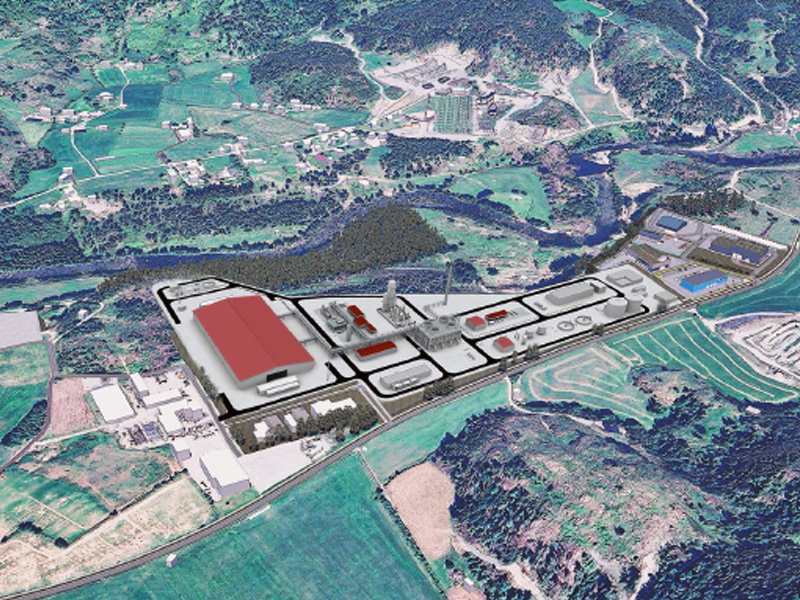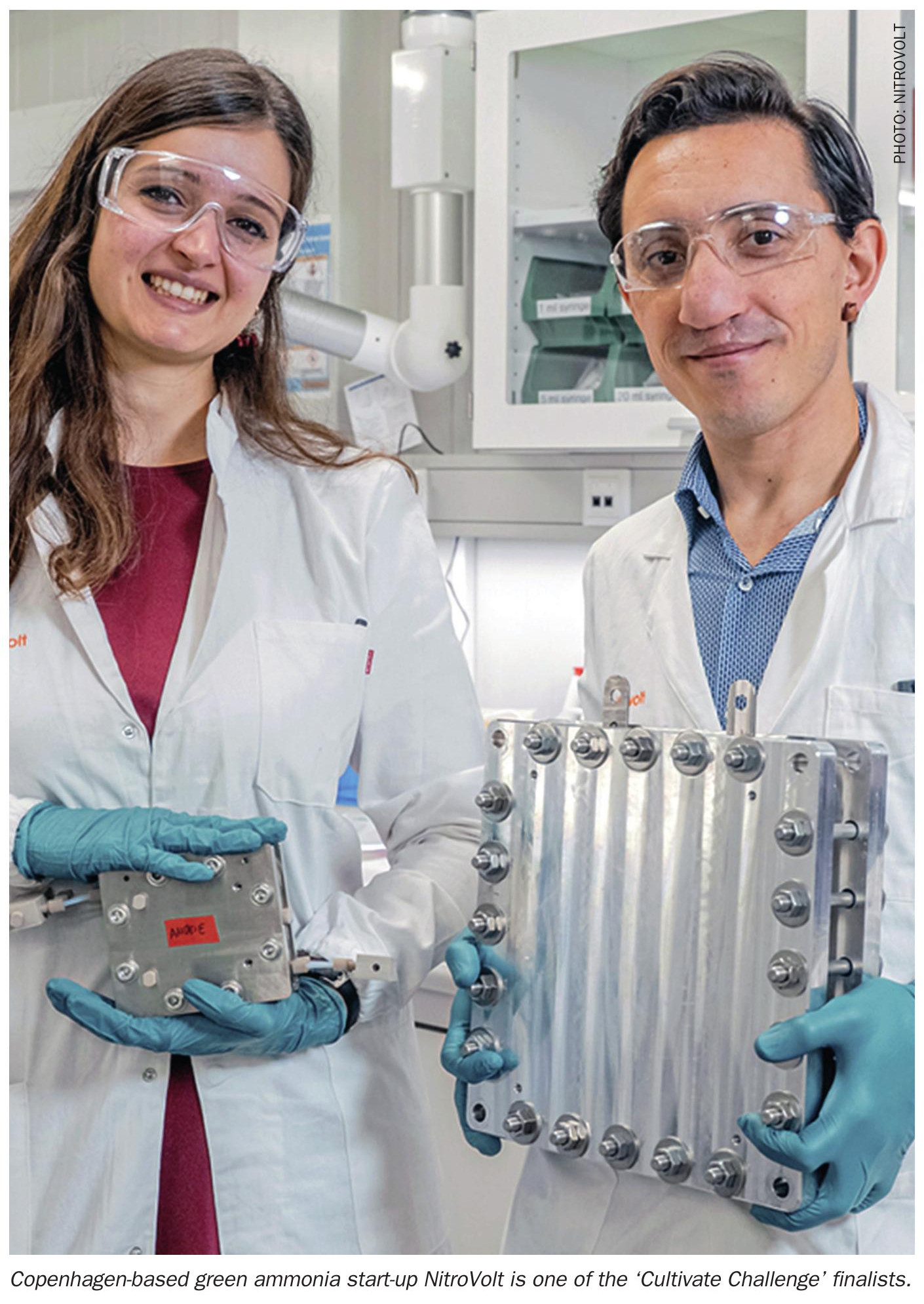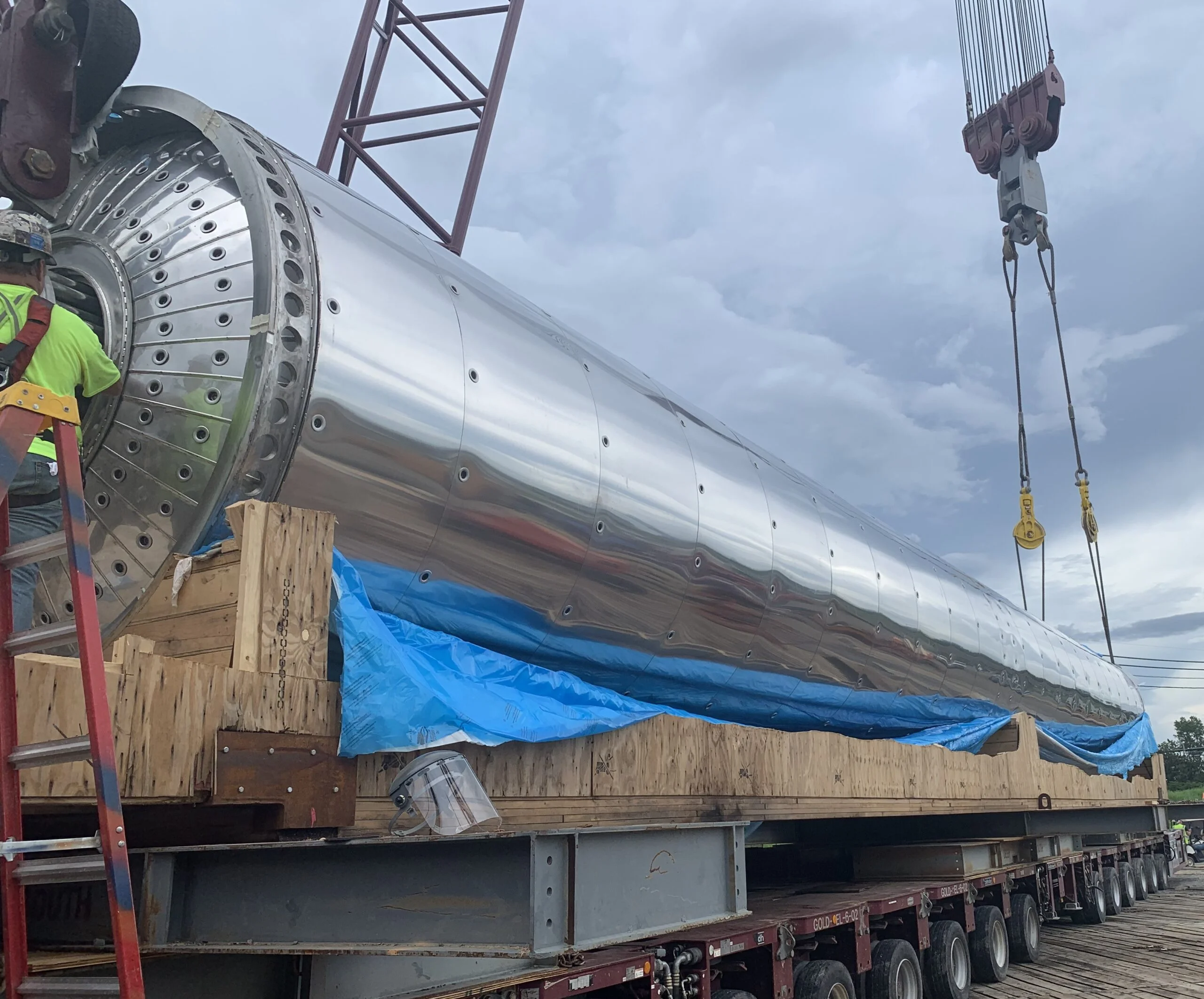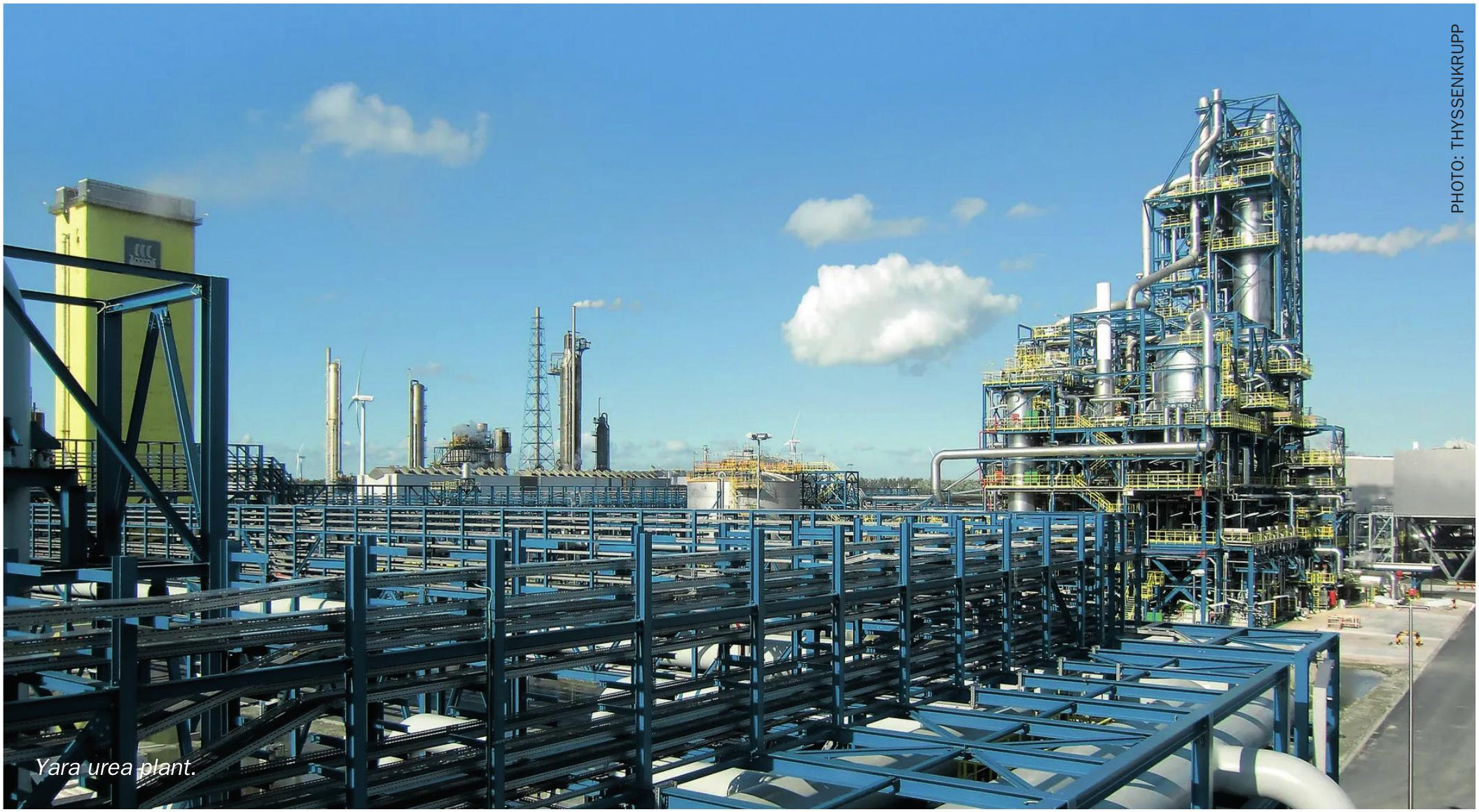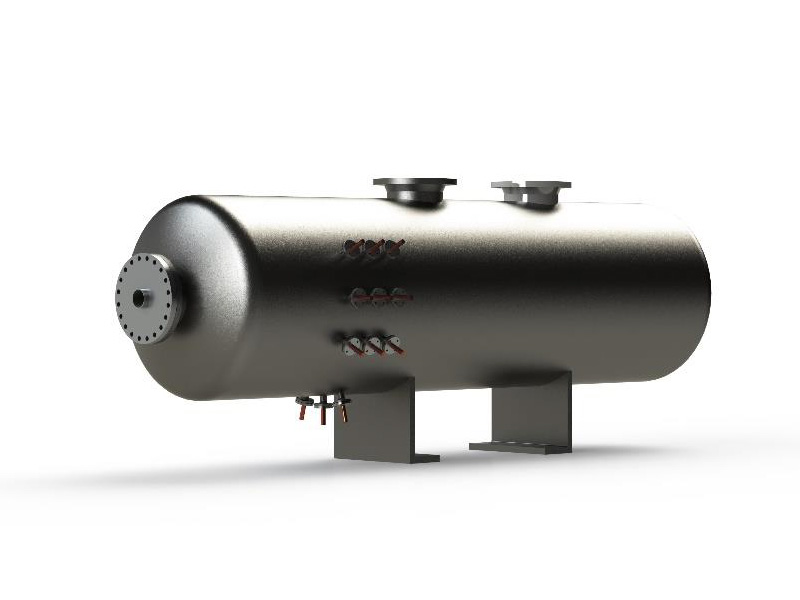Nitrogen+Syngas
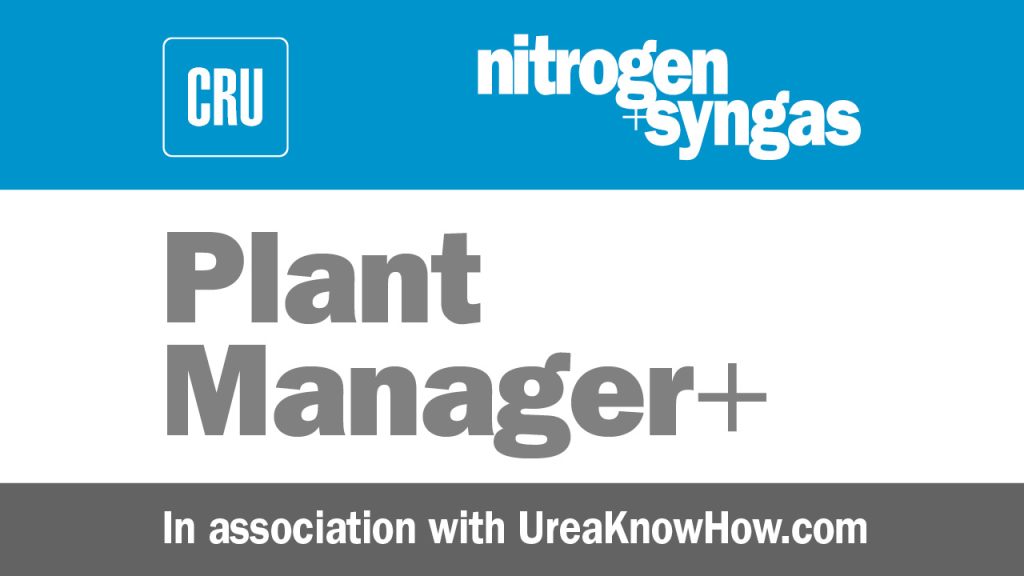
31 October 2016
Problem No. 38: Flares in urea plants
Flares in urea plants are designed to improve the site’s safety performance by capturing and burning ammonia emissions from safety release points. This will prevent/reduce ammonia emissions from entering the environment and in turn reduce ammonia risks. Flares are becoming more common in new urea plants, but are they the optimum solution to improve safety and reduce environmental risks?

João Amilton from Petrobras, Brazil initiates this round table: Recently I read about flare stacks to reduce ammonia emissions in Profertil, Argentina. Our manager wants to know more about flares to handle the discharge of pressure safety relief valves of the high pressure synthesis section because he is considering installing one in our plant. Is this kind of flare available and is it a good idea?
Mark Brouwer from UreaKnowHow.com replies to the question: The relief case of a synthesis pressure safety valve has major consequences and requires careful investigation into how to reduce the likelihood of pressure safety valves from popping up and how to reduce the consequences. Installing a flare system is one option. Other options include installing instrumental safeguards (high pressure switch) and applying pilot operated safety valves. For your information please refer to the paper from Joey Dobree, Stamicarbon presented at the 2012 Asian Nitrogen+Syngas Conference, which gives a comprehensive view on the environmental consequences of a flare system.
João asks another question: Thanks Mark, do you know of any plants where the flare system is operating now?
Mark replies: There is a flare system in operation at the Profertil’s Saipem plant in Argentina as already indicated. There is also a flare system in operation at PIC’s Stamicarbon plant in Kuwait.
B Suresh from NFCL, Kakinada, India provides more examples of flares in operation in urea plants: In many urea plants in India, ammonia safety valve discharge and vents are connected to blow down headers and the header is elevated to the prill tower height
i.e around 100-110 m. But, continuous flaring is used in the vent stacks of ammonia storage tanks and there are flares in the front end and back end of ammonia plants.
Dading Abdul Kadir from PFK S/B, Malaysia, provides another example of an operating flare: There is a flare system operating in our urea plant at PFK Sdn.Bhd. in Malaysia. There is a high pressure flare stack for relief valves, one for medium pressure vent and one stack for low pressure vent and tanks.
Noureldeen Abbas from Petrochemical Industries Company, Kuwait provides information about a dedicated ammonia flare in a urea plant: We have installed a flare system in our urea plants in Kuwait (PIC) and connected all safety valves and vent stack to a dedicated flare system. All ammonia sources whether continuous or intermittent are connected to the flare system and it is working well.
Mark provides conclusions from two papers that were presented at the 2212 Nitrogen+Syngas conference and gives new suggestions: Two interesting papers about flares in urea plants were presented during the Nitrogen+Syngas Conference in Athens. The main conclusions were:
- Flares introduce new risks (crystallisation and explosive mixtures in the headers) and more environmental concerns (NOx versus NH3).
- Do not simply specify a flare system in your inquiry for a new urea plant, define which continuous and discontinuous emissions are acceptable.
In my view there are better alternative solutions than a flare such as:
- design the piping around the centrifugal HP pumps for higher pressure to delete the safety valves on these pumps;
- use high pressure switches in the synthesis section to reduce the risk of blowing of synthesis safety valves;
- use emergency separators or absorbers;
- disperse gaseous ammonia at safe locations.
Several urea plants have been safeguarded according to these alternative solutions. Ramchandra Nesari, a freelance consultant from India shares his experiences: I have seen flare stacks installed in some Saipem urea plants in the Middle East. These plants have separate flare stacks for continuous and non-continuous emissions. There is a separate flare stack for blowdown from safety valves. They are operating satisfactorily, but you have to provide a small quantity of natural gas as fuel for the pilot burners.
| This series of discussions is compiled from a selection of round table topics discussed on the UreaKnowHow.com website. UreaKnowHow.com promotes the exchange of technical information to improve the performance and safety of urea plants. A wide range of round table discussions take place in the field of process design, operations, mechanical issues, maintenance, inspection, safety, environmental concerns, and product quality for urea, ammonia, nitric acid and other fertilizers. |


